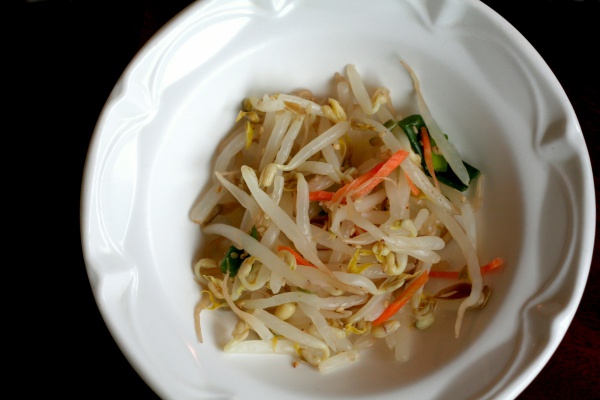Facts About Sukjunamul
Mung bean sprouts are a cherished ingredient in East Asian cuisine, prized for their crisp texture and delicate flavor. Cultivating them at home is straightforward: simply keep mung beans moist until they sprout roots. Many home gardeners use jars covered with mesh or cloth to facilitate the sprouting process. Key factors for successful growth include selecting high-quality seeds, ensuring adequate light, and maintaining proper humidity to prevent waterlogging.
In the kitchen, mung bean sprouts are remarkably versatile. You can microwave, stir-fry, or add them to a variety of dishes. They feature prominently in many Asian cuisines, each utilizing their unique qualities in different ways.
In Chinese cuisine, mung bean sprouts are a staple in fried rice, spring rolls, and soups. The Japanese refer to them as "moyashi" and frequently include them in stir-fries and soups. In Korea, they are found in popular dishes like bibimbap and dumplings. In Nepal, they are enjoyed in a traditional soup called "kwati" while Thai cuisine showcases them in both soups and stir-fries. In Indonesia, mung bean sprouts are commonly incorporated into soups, salads, and stir-fries.

 North Korea
North Korea